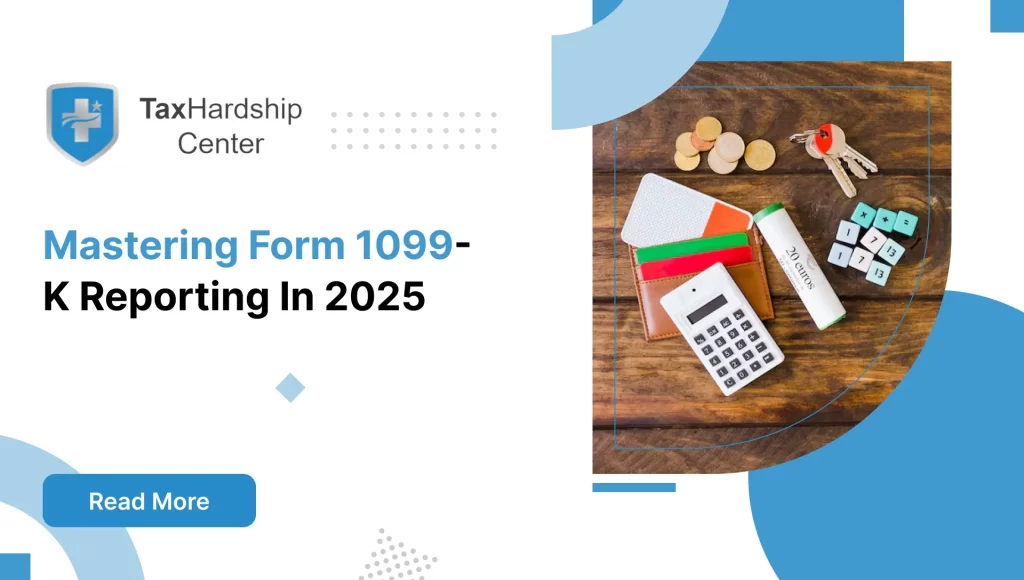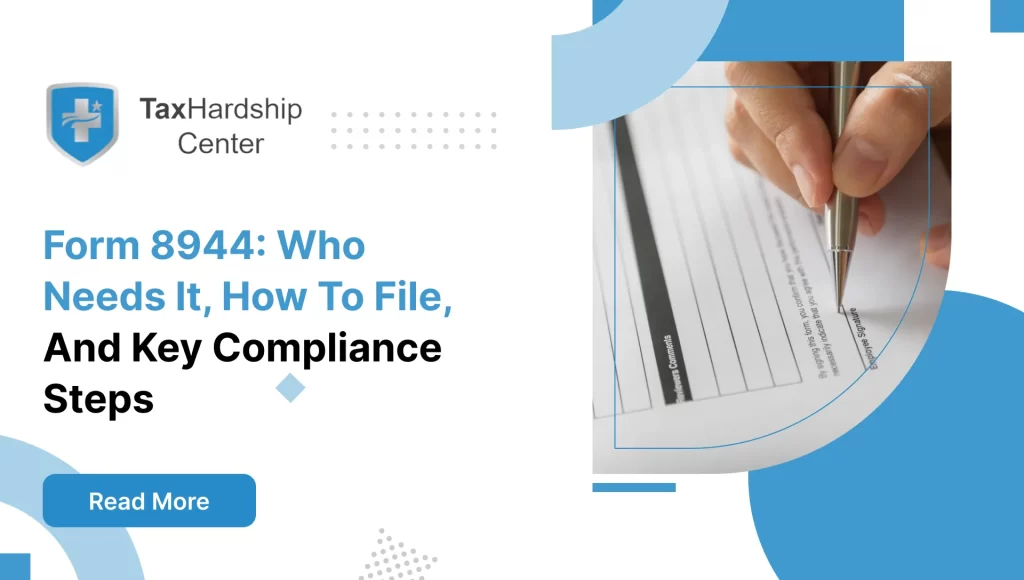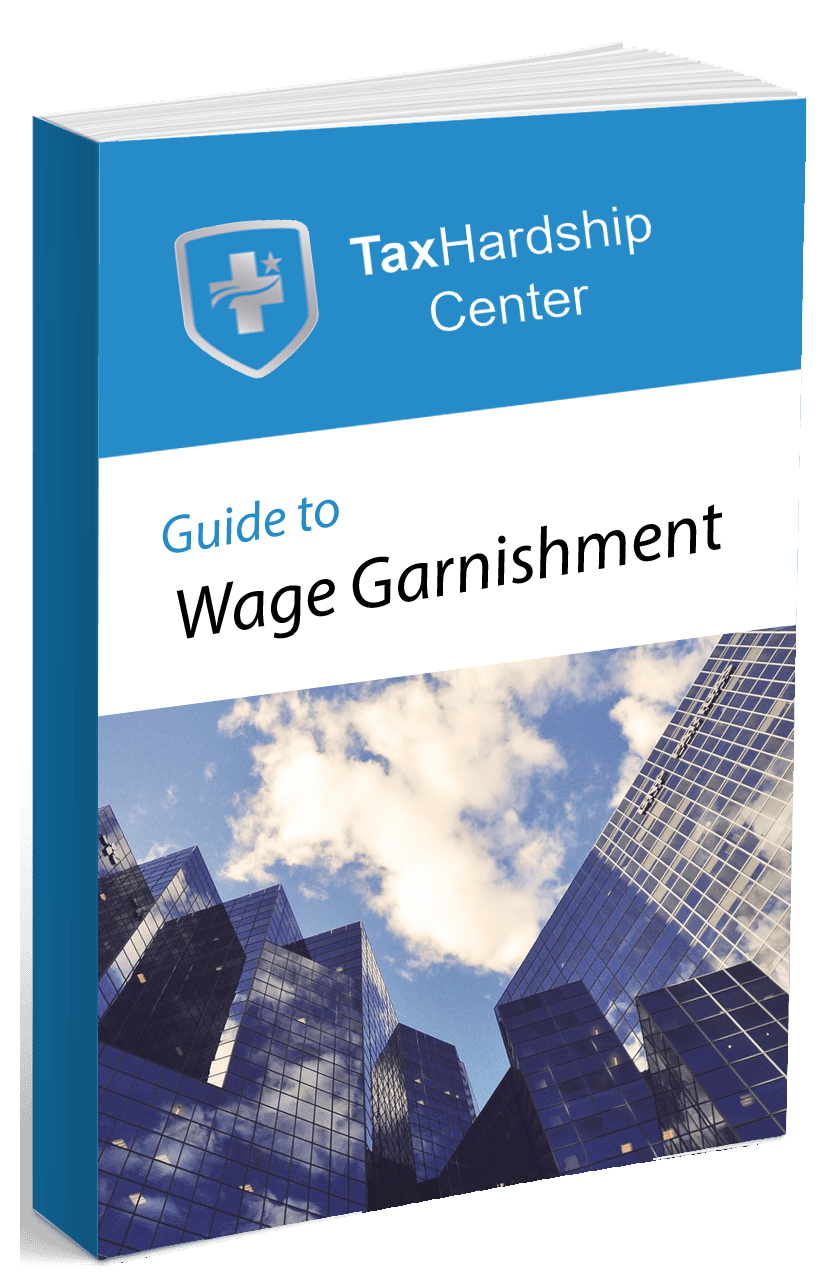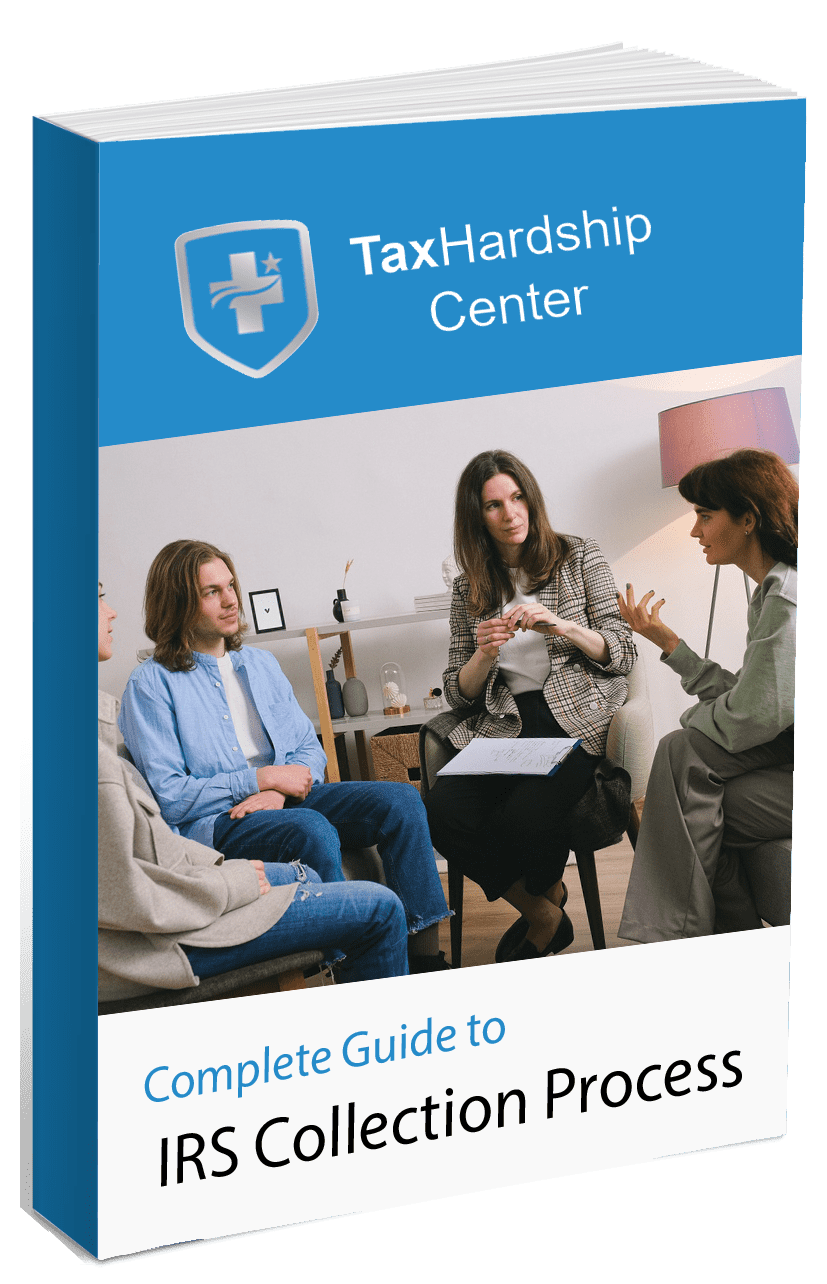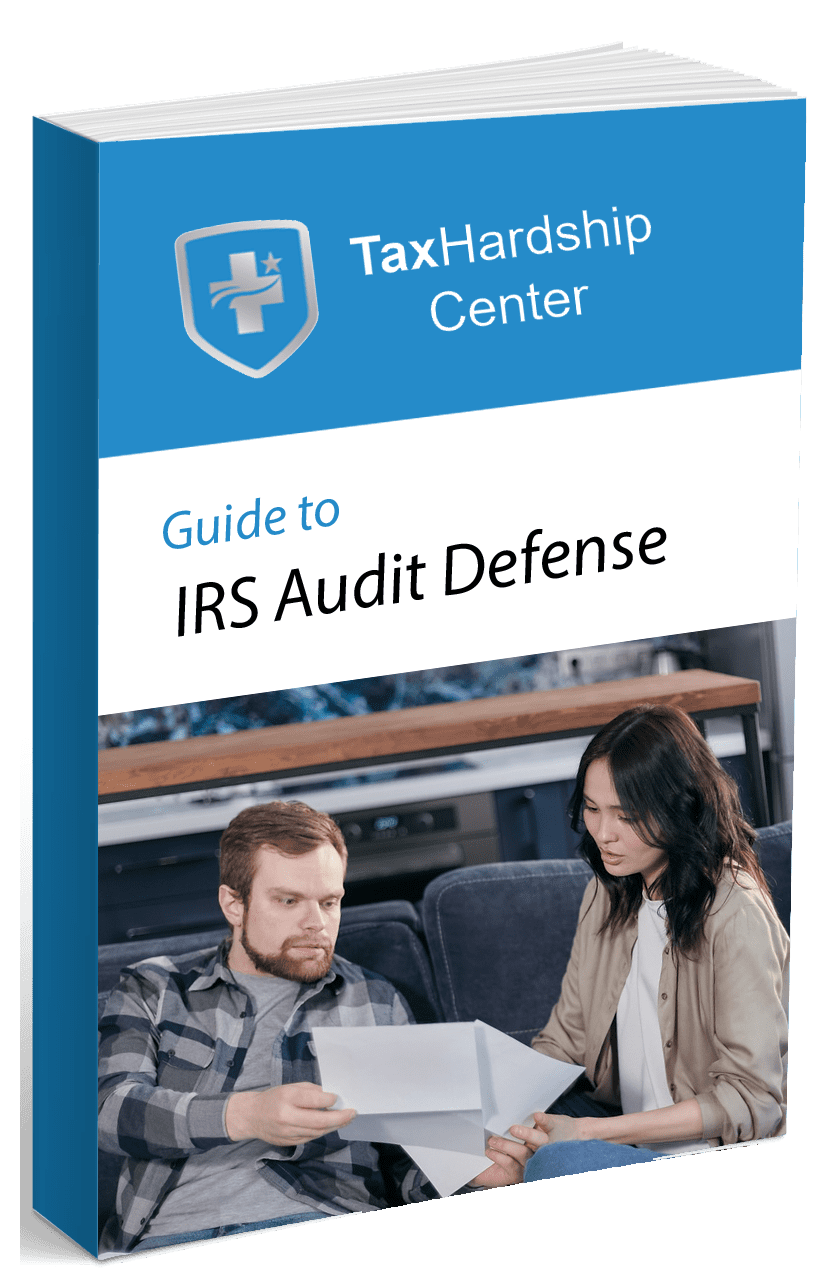Form 1099-K IRS guidelines sit at the heart of how the Internal Revenue Service tracks third-party payment transactions. Whether you sell vintage jerseys on an online marketplace or drive for a ride-share app, the form tells the IRS how much money passed through your payment processor. Understanding every line keeps you on the right side of the agency and protects your earnings.
Understanding Form 1099-K
What Is Form 1099-K?
Form 1099-K is an information return that payment settlement entities such as PayPal, Square, and Stripe file with the IRS. They also send you a copy so you can reconcile the gross payment total with your books.
To understand how this fits into your overall tax filing requirements, you can also visit our Schedule C: Business Profit & Loss Reporting guide.
Purpose of Form 1099-K
The form closes the tax gap by matching reported income with bank deposits. It provides the IRS with a quick way to identify underreported earnings in the digital economy.
Who Issues Form 1099-K?
Payment card companies and third-party settlement networks issue the form. If your customer pays you with a credit card, such as Visa or Mastercard, it will be reported. If they click “Pay Now” on a platform like Etsy, the platform’s processor reports it.
Who Receives Form 1099-K?
Anyone whose transactions clear the current reporting threshold—covered in the next section—gets a copy. Sole proprietors, side-hustle sellers, and nonprofits can all receive one.
Types of Transactions Reported
The form covers gross payments for goods and services. It excludes refunds, chargebacks, tips paid in cash, and personal transfers between friends and family.
For clarity on what income types are taxable, explore our Taxable vs. Nontaxable Income guide.
Where Tax Hardship Center Fits In
Running a side hustle can turn simple deposits into a web of Form 1099-K statements. Our team at Tax Hardship Center untangles that web so you can focus on earning a living. We examine each transaction stream, flag overlapping forms, and identify expenses that many taxpayers overlook. If the IRS questions a mismatch, we step in with documentation and seasoned negotiation skills. Explore our tax relief services to see how we cut penalties, set up payment plans, and defend your rights during audits. You can also schedule a free consultation to learn where hidden savings may offset your reported gross income. A twenty-minute call with our enrolled agents could keep an IRS notice from landing in your mailbox.
Reporting Thresholds and Changes
Historical Thresholds
Before 2022, processors sent the form only when you had more than 200 transactions and over $20,000 in gross payments in a calendar year. The high bar meant many casual sellers slipped under the radar.
Current Thresholds
Congress lowered the bar to $600 in total payments with no transaction minimum. Although enforcement was delayed, the lower threshold is active for the 2024 tax year. If you top $600 in gross payments for goods or services, expect a form in January 2025.
For updates on IRS policies, visit our IRS Payment Plans Guide.
Future Thresholds
Lawmakers floated phased-in thresholds, such as $5,000 for 2023 filings, but nothing was passed. Stay alert, as the number can change due to legislative or IRS action.
Impact of Threshold Changes
The $600 trigger pulls millions of gig workers and casual sellers into the reporting net. Double-check your records, as the IRS now has a direct data feed for even modest side income.
Income Reporting and Tax Implications
Reporting Gross vs. Net Income
Form 1099-K shows gross revenue. You must subtract returns, fees, shipping, and other adjustments on Schedule C or the relevant business schedule to arrive at taxable income.
Deductible Expenses and Non-Taxable Income
Marketplace fees, platform subscriptions, packaging supplies, and mileage tied to deliveries reduce your taxable profit. Purely personal reimbursements—like splitting dinner on a payment app—are not taxable and should be documented to prove intent.
Handling Multiple Form 1099-Ks
Platforms do not talk to each other. You might get separate forms from eBay and PayPal for the same item if you routed the payment through different processors. Cross-check each form against the sale date and customer receipt to avoid double-counting.
Reporting Income Without Receiving Form 1099-K
The obligation to report income remains even when no form is received. Maintain consistent sales logs and bank statements to fill the gap if a platform misses the filing deadline.
Common Scenarios and Examples
Selling Personal Items
If you unload a used laptop on Facebook Marketplace for less than you paid, that is generally a nontaxable capital loss. Note the purchase price and keep the receipt to prove the basis.
Freelancing and Gig Economy Work
Ride-share drivers receive a 1099-K for rider payments processed by the app. They may also receive a 1099-NEC for bonus payments. Combine both on Schedule C and deduct business expenses such as vehicle depreciation and tolls.
Freelancers can find additional support in our Gig Economy Tax Tips.
Reselling Tickets and Goods
Flipping concert tickets can trigger taxable capital gains. The difference between what you paid and what you earned appears in Box 1a. Maintain purchase confirmations to establish the basis.
Receiving Personal Payments
Money received for splitting rent or as a birthday gift does not belong on your tax return. Tag those transfers as “personal” in your payment app and keep screenshots to document intent if the IRS asks.
Avoiding Errors and Best Practices
Ensuring Accurate Reporting
Compare the gross amount on each Form 1099-K with the amount in your ledger. Investigate any gap of over two percent immediately.
Correcting Incorrect Form 1099-Ks
If a processor misreported your totals, request a corrected form. The platform must file an amended return with the IRS. Keep a copy of the written request in case of an audit.
Record-Keeping Tips
Store digital receipts, settlement statements, and mileage logs for at least three years. Back them up to secure cloud storage so fire or theft cannot erase your audit trail.
Understanding Box 1a and Box 1b
Box 1a lists the annual gross amount. Box 1b breaks it down by card payments. Use the details to reconcile fees because card transactions often carry higher costs than ACH transfers.
Special Considerations
State-Specific Reporting Requirements
Some states, such as Massachusetts and Vermont, require Form 1099-K at even lower thresholds. Check your state’s Department of Revenue website to avoid late notices.
Backup Withholding Situations
If you ignore an IRS B-notice that your name or Tax Identification Number does not match, processors must withhold 24 percent of each payment. See the IRS backup withholding FAQ for details.
We’ve explained this further in our IRS Audit Defense Guide.
International Transactions
U.S. citizens living abroad still receive the form. Currency conversions use the processor’s spot rate on the settlement date. Keep original currency records to defend against exchange gains or losses.
Third-Party Payment Networks
Crypto payment processors that settle in fiat currency must also issue the form. Track the fair market value of the cryptocurrency at the moment of sale for accurate capital gain reporting.
Conclusion
Form 1099-K IRS guidelines became stricter once the $600 threshold took effect. Stay ahead by tracking every sale, fee, and refund the moment they are posted to your account. Reconcile each form with your ledger, subtract valid expenses, and file on time. If uncertainty arises, contact the professionals who handle Form 1099-K issues daily at Tax Hardship Center. We translate IRS requirements into clear, straightforward steps, so you can grow your business with confidence.
Why Tax Hardship Center?
1. Hassle-Free Assistance:
Say goodbye to sleepless nights and endless tax-related stress. At the Tax Hardship Center, we believe in simplifying the complex. Our team of experts is dedicated to guiding you through every step of the process, ensuring that your tax concerns are met with precision and care.
2. 14-Day Money Back Guarantee:
We’re so confident in our ability to ease your tax worries that we offer a 14-day money-back guarantee. If you’re not satisfied with our service for any reason, we’ll gladly refund your investment. Your peace of mind is our top priority!
3. Free Consultation:
Are you curious about how we can transform your tax experience? Book a free consultation now! Our team will assess your situation, answer your questions, and provide free insights tailored to your needs.
4. Nationwide Coverage:
No matter which corner of the United States you call home, the Tax Hardship Center covers you. We proudly serve all 50 states, bringing our expertise to your doorstep. Wherever you are, our commitment to excellence follows.
FAQs
Q: What happens if my Form 1099-K shows more than I actually earned?
A: Ask the processor for a corrected form and attach notes to your return explaining the discrepancy.
Q: Will I get a Form 1099-K for personal payments from friends?
A: No, but label those transfers as personal in the app and keep screenshots as proof.
Q: Do I need to pay self‑employment tax on Form 1099-K income?
A: Yes, if the income comes from business activity such as freelancing or ride sharing.
Q: How long should I keep Form 1099-K records?
A: Keep records for at least three years, or seven if you underreport income by more than 25 percent.
Q: Can Tax Hardship Center help if I already received an IRS notice about Form 1099-K?
A: Absolutely. Our team reviews the notice, gathers supporting documents, and communicates with the IRS on your behalf.

